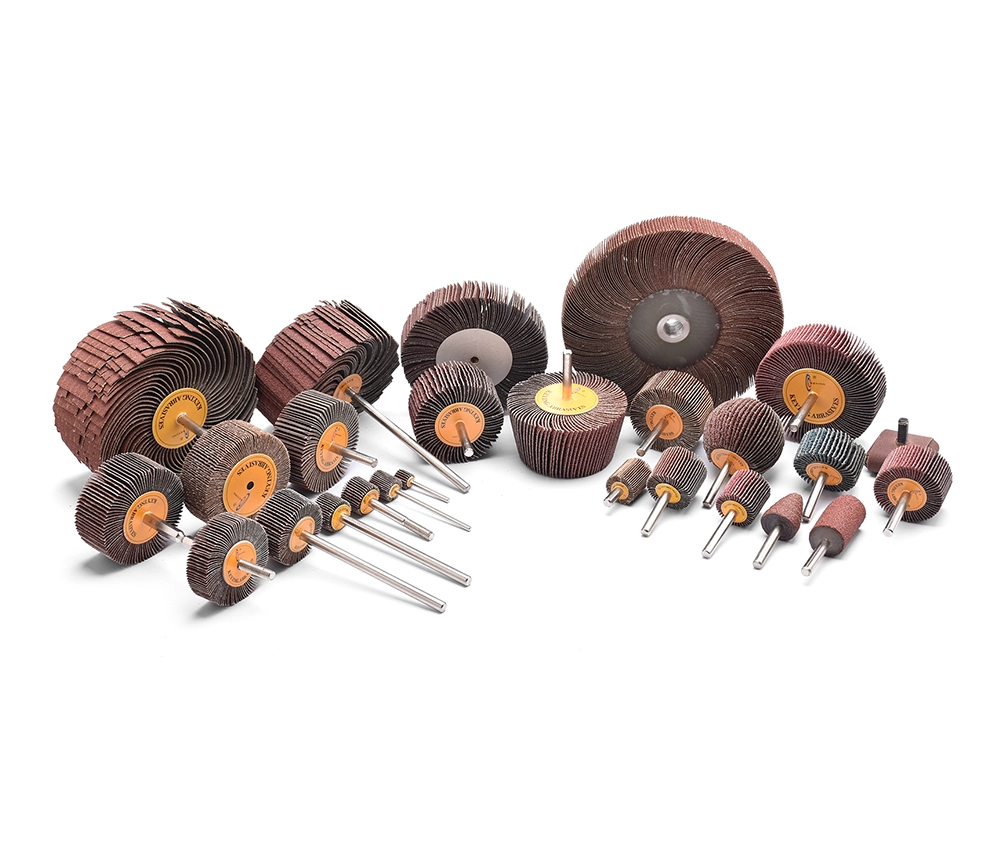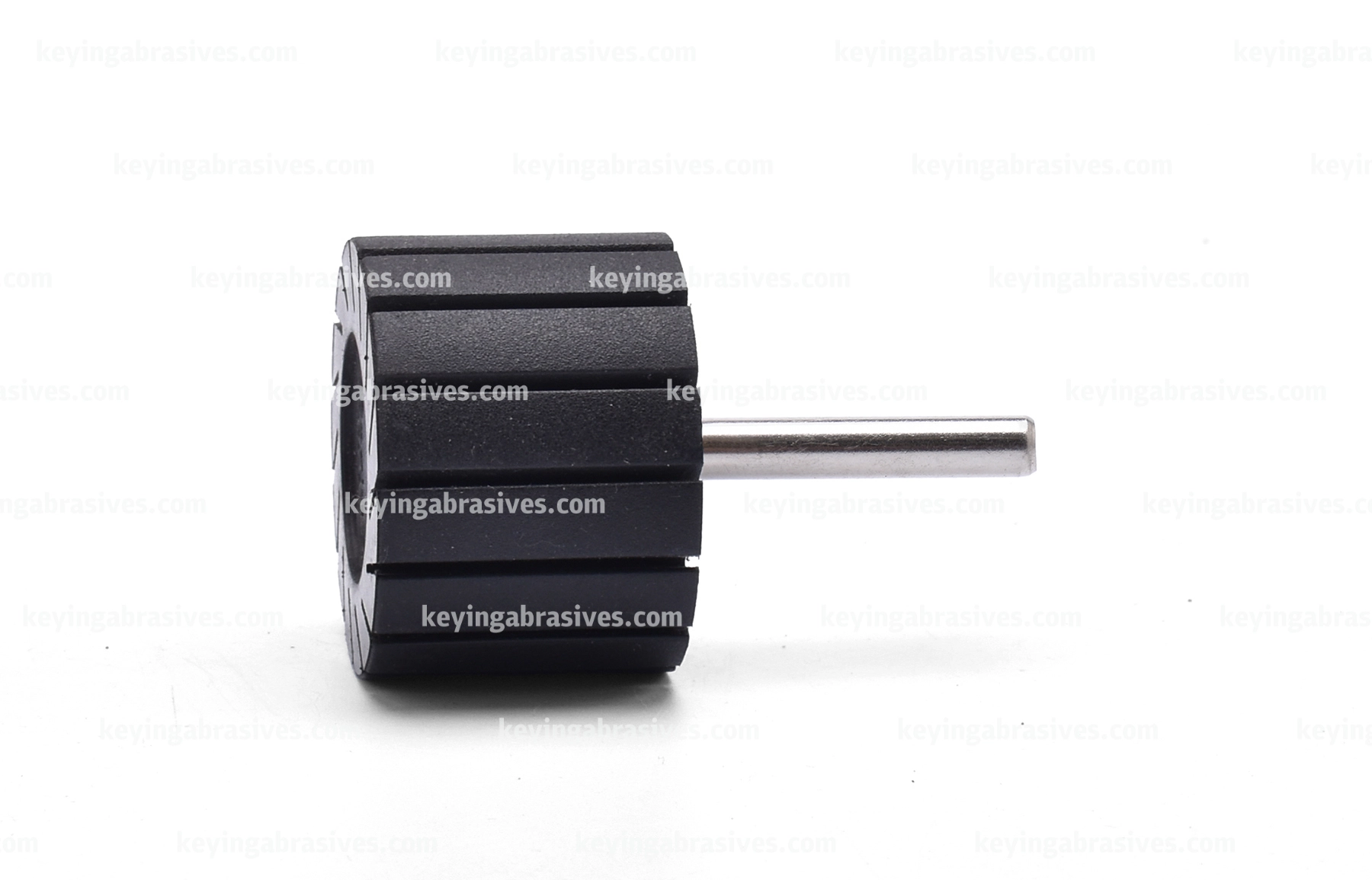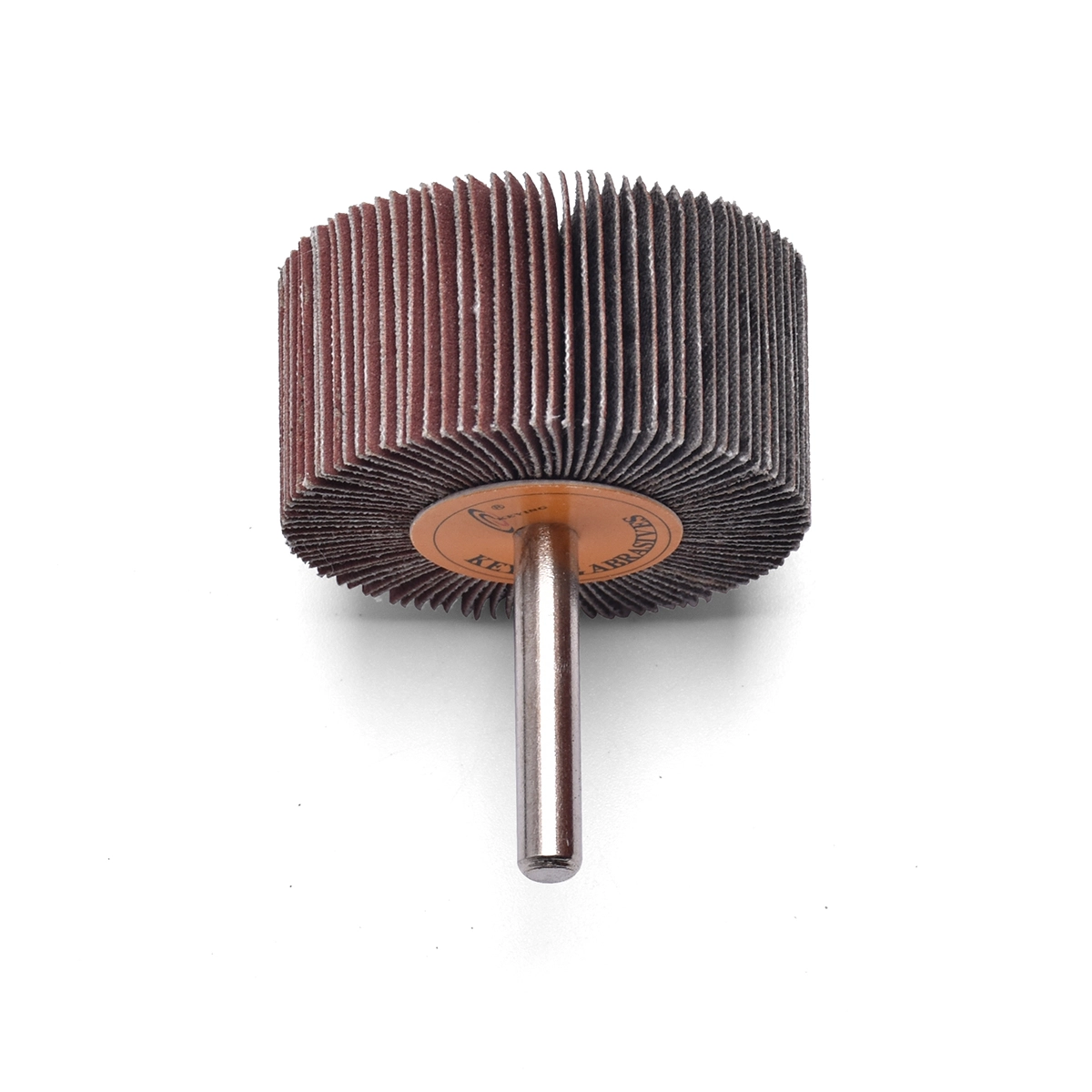
Dec 20-2017
There are two types of abrasives: natural abrasives and synthetic abrasives. They are classified into superhard abrasives and ordinary abrasives according to their hardness. Abrasives have a wide range, from relatively soft household cleaners and gemstone abrasives to the hardest material, diamond. Abrasives are essential materials in the manufacturing of every precision product. Many natural abrasives have been replaced by synthetic abrasives. Except for diamond, the performance of natural abrasives is not very stable, but they still have their value. Diamond is the hardest abrasive, mainly produced in South Africa abrasives factory, accounting for 95% of the world's total production, while the rest is produced in Brazil, Australia, Guyana, Venezuela, and other places. Industrial diamonds range in color from grayish-white to black and can be crushed to make grinding wheels, sand belts, polishing wheels, and grinding powder, etc.
One of the most important properties of abrasives is their hardness, which must be harder than the material being processed. Various abrasives are commonly measured for their hardness using the Mohs hardness scale. Another important performance of industrial abrasives is toughness or bulk strength. This property can be controlled by changing raw material mixtures, purity, particle size, and crystal structure to suit various applications.
In the manufacture of abrasive products, except for powdery talc and iron oxide, all raw materials need to be crushed and screened. The sieving particle size should be between 4 and 900, with a diameter of about 6 millimeters to 6 micrometers or smaller. Grinding wheel is the main abrasive product, such as the paint removal grinding wheel, which is made by mixing abrasive and binder in a certain proportion, then moulding and sintering, finally, it must be shaped, balanced, and tested for overspeed. Sand cloth and sandpaper are another large-scale abrasive products, which are made by bonding abrasive particles to a substrate material (cloth or paper), and cut into different specifications after drying. Other powdered or granular abrasives, after screening, require certain technological treatments, such as grinding or polishing with abrasives, usually added with mineral oil paste or wax and other accessories to meet the needs of different working conditions.
Abrasives are widely used in industry, especially for processing high-precision or low-roughness parts, or particularly hard parts, industrial abrasive products and abrasive tools are essential. In addition, for tool sharpening and cutting hard materials, grinding wheels are also indispensable tools. In the automotive industry, close fitting of piston rings and cylinders, valve seats and valves, the accuracy of the transmission, and gears, all require abrasives and abrasive tools to ensure quality. Other related new products, such as plastic-bonded roll grinding machine media, have saved time in removing burrs from a large number of parts and improved productivity.
The production technology of abrasives has made significant progress. The efficiency of diamond grinding wheels has increased four times compared to 14 years ago. The total cost of the zirconia alumina oxide grinding wheel used in steel mills in 1948 was only 25%, and the speed increased 7 times. The current problem is that the basic theory of grinding is not yet clear and needs further research. The specifications of abrasive products are complex and diverse, making it difficult to simplify.

